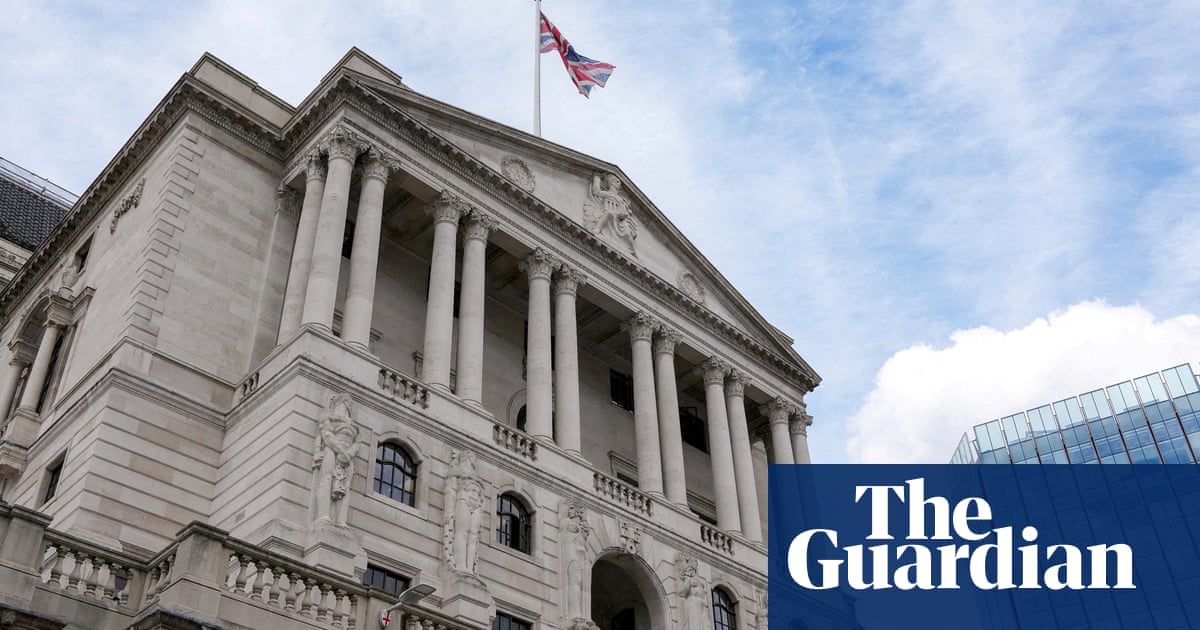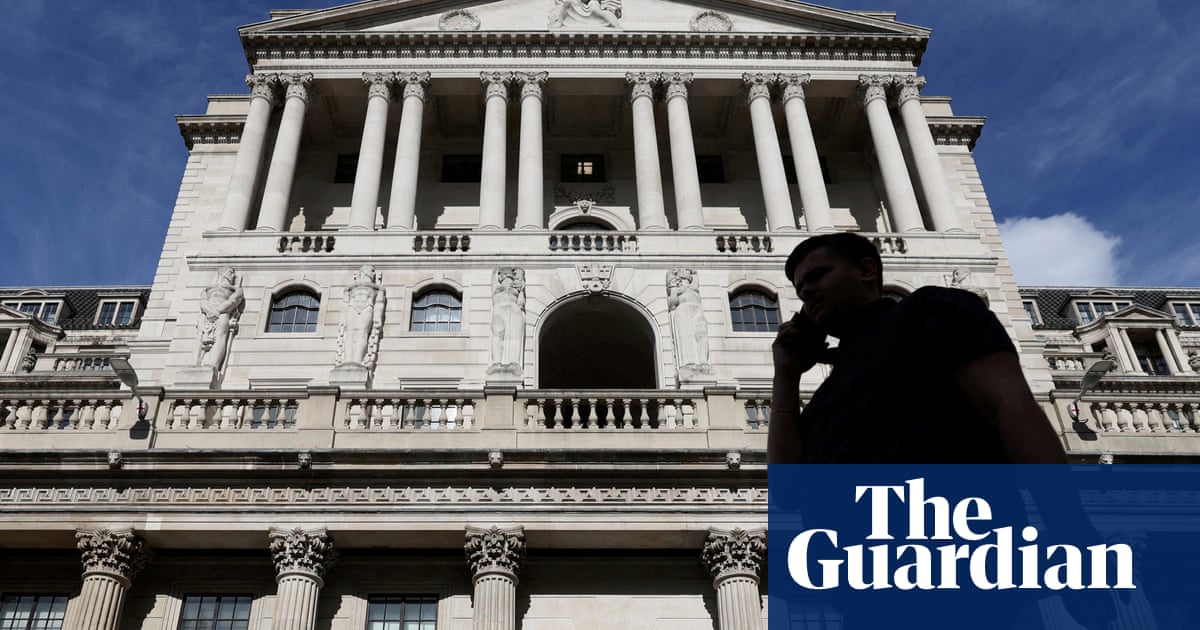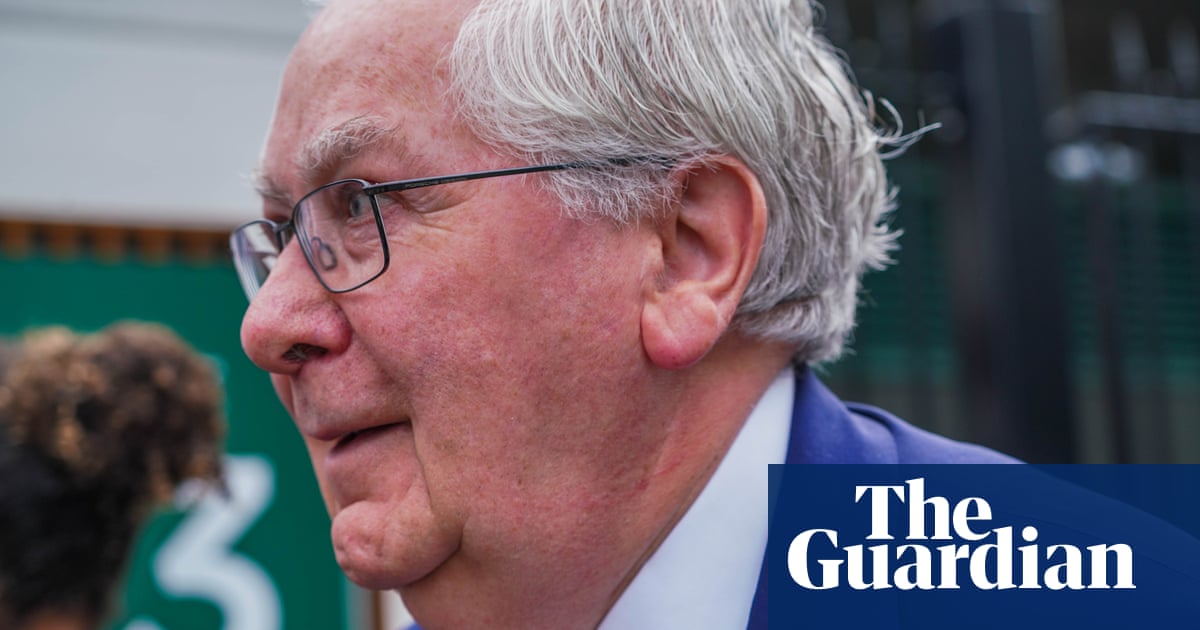
Bank of England officials are expected to take their foot off the accelerator when they meet this week to decide by how much the cost of borrowing should increase.
The prospect of a year-long recession that will hit living standards, cut business investment and damage the long-term productive capacity of the British economy might have made them think twice about any increase at all, but the betting in the financial markets is that a 0.5-percentage-point rise on Thursday looks certain.
At the central bank’s monetary policy committee (MPC) meeting last month, interest rates were pushed up by 0.75 percentage points to 3%, so this week’s rise will probably rate as a more modest twist of the knife for mortgage holders.
Eighteen months ago, borrowers could find a fixed-rate two-year mortgage with an interest rate of 1.5%, but must now accept 5.5% and be happy it is unlikely to go much higher.
Paul Dales, chief UK economist at consultancy Capital Economics, says the MPC “may indicate that it is starting to think more about the level of rates rather than the pace of hikes” when it meets.
“Even so, we think it will want to see more concrete signs that domestic inflationary pressures are easing before halting the hikes,” he adds.
The consumer prices index (CPI) stood at 11.1% in October, the highest inflation the UK has faced in 41 years, and inflation has been above the Bank’s 2% target since May last year. Most analysts believe we have reached a peak and that figures this week will show that the CPI for November fell slightly, although the rate of increase is likely to remain near double digits until at least spring.
However, prices could fall steeply if services firms, confronted by a drop in demand, find the only way to maintain sales is to cut prices. Business services companies and financial firms have reported bumper profits over the past year and could well afford to cut into their margins.
The MPC is split between a majority who believe consumer spending has refused to bend to the Bank’s will and that shoppers need a few more rate rises before the pain begins to bite, and a minority who think the weight of extra borrowing costs is already having the desired effect.
In the US, inflation has begun to fall in response to services companies cutting prices. The same could happen in the UK and Europe.
Joe Nellis, professor of global economics at the Cranfield School of Management, says that while consumer spending in Britain has held up – thanks to low and falling unemployment, the accumulation of savings during the pandemic and a growing reliance on credit – this situation could quickly reverse in the new year as wage rises fall further behind inflation. “We are going to experience a sustained fall in living standards over the next two years the like of which we haven’t seen in 100 years,” he says. “We are in a precarious position.”
The Office for Budget Responsibility, the Treasury’s independent forecaster, emphasised this point when it said recently that inflation-adjusted pay would not return to 2008 levels until 2027.
John Llewellyn, a former senior economist at the Organisation of Economic Cooperation and Development, says the UK finds itself in a worse position than the US, where the Biden administration is spending big to avoid a recession. The rest of Europe, which is facing an acute shortage of gas for domestic and industrial use, is on course for a mild downturn.
“Though you have to be gloomy about Europe because it took a huge hit from a deterioration in the terms of trade and higher energy prices … there is only one place guaranteed to have a deep recession and that is the UK,” he says.
In its most recent assessment, the Bank of England said a recession would be long, but shallow.
Dales says the base rate could remain above 4% all next year before falling in 2024, as the Bank focuses on flushing inflation out of the system. Yet plenty of other economists believe rate cuts may come as early as spring to avoid a recession turning into a slump.












